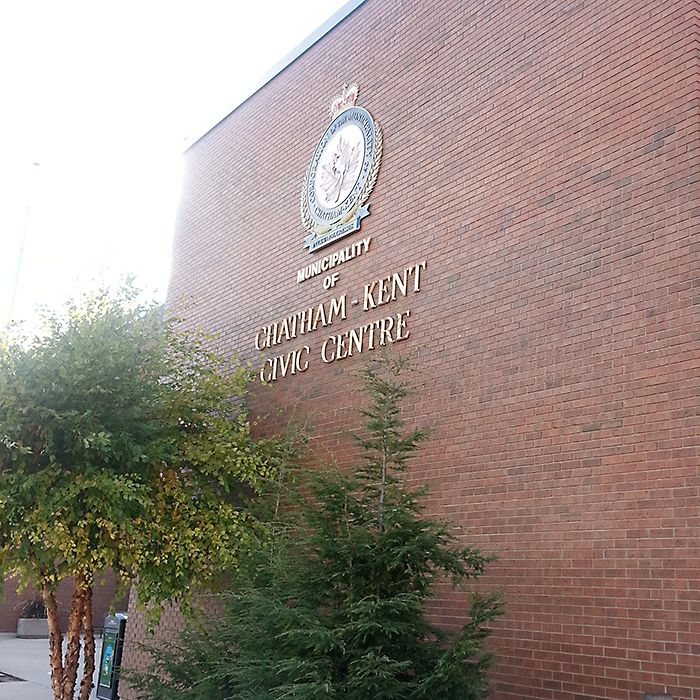While municipal officials and (hopefully) members of the public examine municipal ward boundaries next Monday, we hope they also keep an open mind toward other potential changes in the way we elect our local representatives.
The hour-long session before council will examine whether ward boundaries and the number of councillors that were put in place by provincial mandate in 1998 remain relevant. Chatham-Kent was created by a provincial appointee after local officials couldn’t come up with a compromise on local government reform.
Chatham Mazda from Chatham Voice on Vimeo.
Territorial issues aside, local officials at the time weren’t given all the facts to change representation since the Mike Harris government was still in the process of writing the “Common Sense Revolution.”
At least this time, citizens will have the opportunity to participate in a democratic rather than an autocratic process.
While we’re at it, we need to take the time to consider dropping the “first past the post” election model which has resulted in the re-election of councillors and mayors with only a fraction of public support.
It has been decades since we’ve had a mayor who garnered more than half of the vote. In last fall’s election, Mayor Hope received 28% of 42% who voted (in effect less than 12% of eligible voters voted for him).
That speaks more about a flawed system than it does the merits of the mayor.
Even though for the first time in years (thanks in part of a Chatham Voice-United Way campaign) voter turnout increased, we still have too few people taking part.
One reason for voter apathy is that “the same people will get in anyway.”
Under the ranked system, voters rank the candidates in order of preference, (first, second, third, etc.). Any candidate who gets more than 50% of first-place votes is elected. If no one has majority of first-place votes, there is a runoff.
The candidate that got the fewest first-place votes is knocked out of the race and the second choices of that person’s supporters are added to the totals of the remaining hopefuls.
The runoff continues until one candidate has a majority of votes and is declared the winner.
It ensures that office holders have the backing of at least half of all voters.
The system is gathering more momentum, and where it has been implemented it has brought in new life.
Toronto Mayor John Tory is in favour of it and Premier Kathleen Wynne is favouring discussion of the matter through a private members bill.







